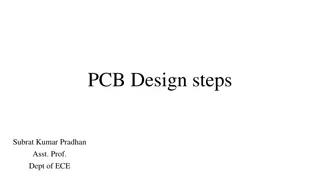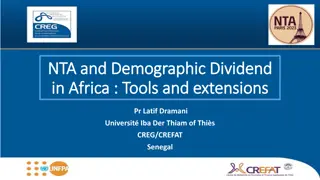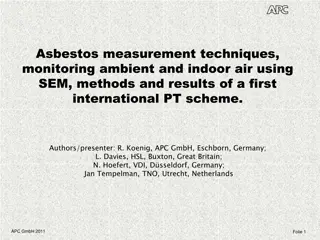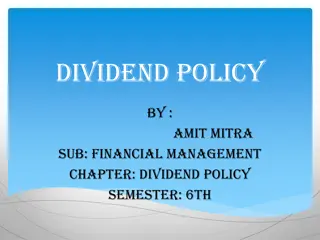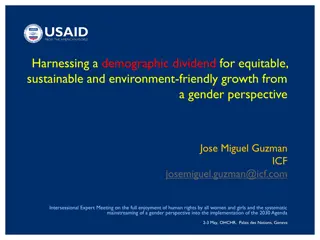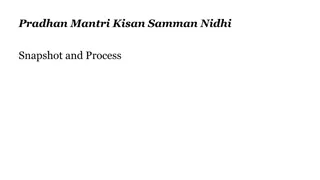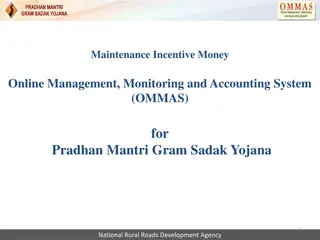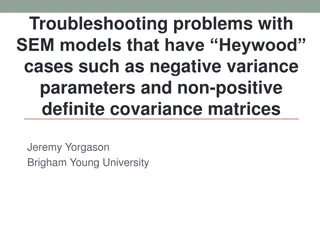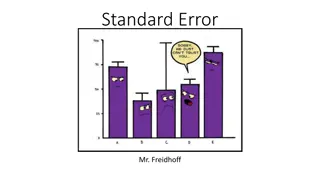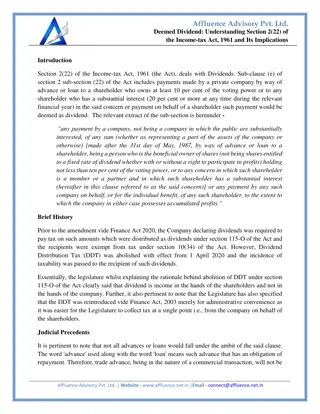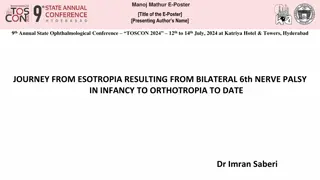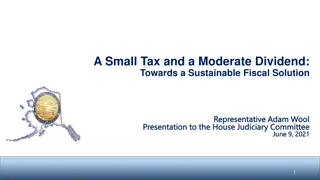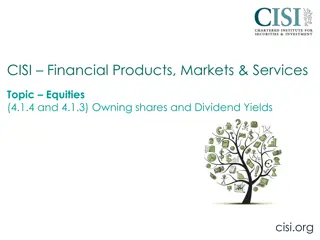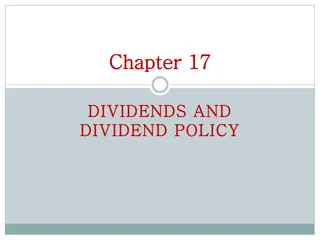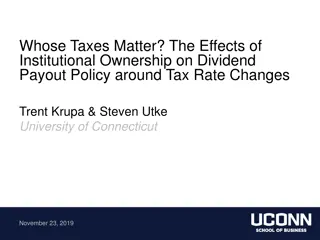
Understanding Dividend Policy Theories and Models
Explore the determinants of dividend policy, dividend relevance theories, and Walter's model which show the relationship between a firm's rate of return and its cost of capital. Learn about market price per share calculations and how market value is determined in dividend theories.
Download Presentation

Please find below an Image/Link to download the presentation.
The content on the website is provided AS IS for your information and personal use only. It may not be sold, licensed, or shared on other websites without obtaining consent from the author. If you encounter any issues during the download, it is possible that the publisher has removed the file from their server.
You are allowed to download the files provided on this website for personal or commercial use, subject to the condition that they are used lawfully. All files are the property of their respective owners.
The content on the website is provided AS IS for your information and personal use only. It may not be sold, licensed, or shared on other websites without obtaining consent from the author.
E N D
Presentation Transcript
By, Suryata Pradhan.
Determinants of Dividend Policy Expectations of Shareholders Dividend Clientele D/P Ratio Financial Requirements of the company Liquidity position of the firm Stability of dividends Managements attitude towards control Magnitude and trend of earnings of the firm Age and growth prospects of the firm Legal constraints and contractual requirements Tax policy of Govt. Capital Market and overall economic condition.
DIVIDEND THEORIES There are three main categories advanced: Dividend relevance theories 2. Dividend irrelevance theories 3. Dividend & uncertainty 1.
DIVIDEND RELEVANCE THEORIES These are theories whose propagators argue that the dividend policy of a firm affects the value of the firm. There are two main theorists: James E. Walter (Walter s model) Myron Gordon (Gordon s model)
Walters Model Shows relationship between a firm s rate of return r and its cost of capital k. it is based on the following assumptions: 1. Internal financing the firm finances all its investments through retained earnings; debt or new equity is not issued. 2. Constant return and cost of capital the firm s rate of return, r, and its cost of capital k are constant 3. 100% payout or retention all earnings are either distributed as dividends immediately. 4. Constant EPS and DPS beginning earnings and dividends never change. The values of the EPS and DPS may be changed in the model to determine results but are assumed to remain unchanged in determining a given value. 5. Infinite time the firm has avery long or infinite life or reinvested internally
Walters Model Walter s formula for determining MPS is as follows: P = (DPS/ke) + [r (EPS DPS)/ke]/ke Where: P = market price per share DPS = dividend per share EPS = earnings per share r = firm s average rate of return ke = firm s cost of equity capital
Walters Model the market value is determined as the present value of two sources of income: PV of constant stream of dividend (DPS/ke) 2. PV of infinite stream of capital gains: r(EPS-DPS)/ke Hence the formula can be rewritten as P = DPS + (r/ke) (EPS DPS) ke 1.
Walters Model Given three types of firms or scenarios of firms the model can be summarized as follows: Growth firm: there opportunities (r > ke) and the firm can reinvest earnings at a higher rate r than that which is expected by shareholders ke. thus they will maximize value per share if they reinvestall earnings. 2. Normal firm: there aren t any investments available for the firm that are yielding higher rates of return (r = ke) thus the dividend policy has no effect on market price. are several investment 1.
Walters Model 3. Declining investments for the firm to reinvest its earnings, i.e. any investments would earn the firm a rate less than its cost of capital (r < ke). The firm will therefore maximize its value per share if it pays out all its earnings as dividend. firm: there aren t any profitable
Criticisms of Walters model Model assumes investment decisions of the firm are financed by retained earnings alone Model assumesaconstant rate of return and; constant cost of capital, i.e. disregards the firm s risk which changes over time hence the discount rate will change over time in proportion. Ignores business risk.
Gordons Model Assumptions: The firm is an all equity firm, i.e. no debt 2. No external financing is available; consequently retained earnings would be used to finance any expansion of the firm. Similar argument as Walter s for the dividend and investmentpolicies. 3. Constant return which ignores diminishing marginal efficiency of investment as represented in the diagram on Walter s model. 4. Constant cost of capital; model also ignores the risk- effectas did Walter s 1.
Gordons model 5. Perpetual stream of earnings for the firm 6. Corporate taxes do notexist 7. Constant retention ratio b, i.e. once decided upon stays as such forever. The growth rate g = br stays constant in thatcase. 8. Cost of equity capital greater than the growth rate (ke > br = g); otherwise it is not possible to obtain a meaningful value for the share. 9. Firm has perpetual life.
Gordons Model According to Gordon s model dividend per share is expected to grow when earnings are retained. The dividend per share is equal to the payout ratio multiplied by earnings [EPS X (1-b)]. To determine the value of the firm therefore based on the dividend growth model thevalueof the firm will be: P0= EPS (1 b) ke g Where: g = the growth rate determined as br g is always less than k b= Retention ratio.
Gordons Model The conclusions of Gordon s model are similar to Walter s model due to the fact that their sets of assumptionsare similar. The market value of P0increases with retention ratio b, for firms with growth opportunities, i.e. when r > ke. 2. The market value of the share P0increases with payoutratio (1 b), fordeclining firms with r < ke 3. The market value is not affected by the dividend policywhere r = ke 1.






